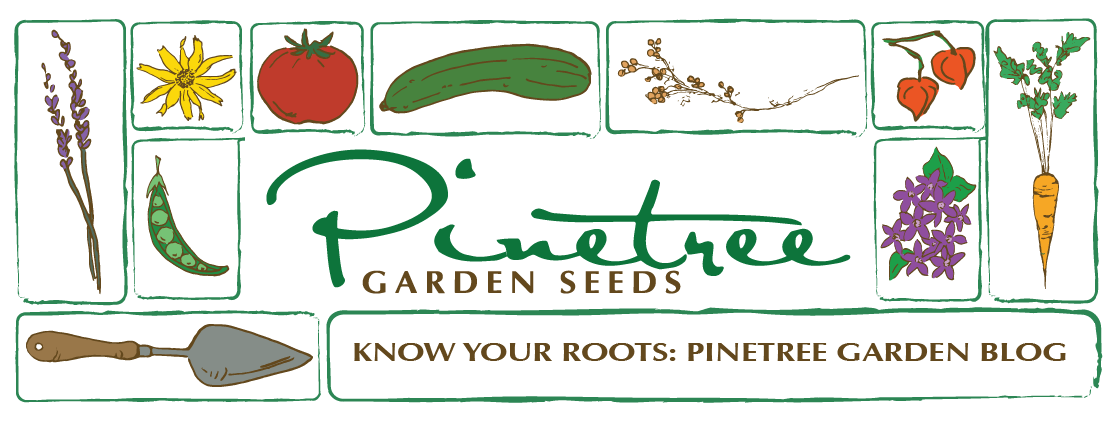

Growing Sugar Beets
The sugar beet is somewhat of an unknown in the general public, so naturally the smartest course of action is to do a blog post about it! We used a couple sugar beets we grew in our trial gardens to craft a moist cake and a refreshing ‘smash’ beverage. You can now purchases Sugar Beet seeds HERE.
Before we get down to the recipes, here’s a little background info on this odd looking root vegetable.
Our sugar beets were grown in a raised bed, weighing in at about 3.75 pounds when pulled. It’s shape is conical, much like a very large carrot, and it is white in color. Generally it’s grown for its sweetening abilities, and is related to both swiss chard and typical garden beets. It’s flavor is very sweet, as it is 13-22% sucrose, with a hint of the earthy flavor you get from garden beets, and it has a crunchy texture. The leafy greens are also edible.
The high concentration of sucrose is formed by photosynthesis and stored in the root comprised of 75% water, 20% sucrose and 5% pulp. It is a biennial harvested at the end of the first season. Sugar beet sugar and cane sugar are 99.95% the same and indistinguishable except for some refined pastry chefs palettes.
History
Beets come from the wild ancestor “Sea Beet”, a green that grows along the coast of Europe, Africa and Asia. Many years of breeding produced the domestic beet cultivation; first being the beet relative chard, before the 2nd and 3rd century Roman times brought about the swollen beet root. The beet was brought to America by colonists and was growing in American gardens by the early 1800’s. In the mid 1700’s, a German scientist named Andreas Marggraf discovered that the sucrose or sweet sugar crystals in the juice from the beetroots were the same as those from sugar cane. The French, under Napoleon, encouraged breeding and research to produce sugar beets due to the British restricting access to sugar cane from the West Indies. By 1885, the world produced more beet sugar than cane sugar and it could be grown in non-tropical environments. The first selections for more sucrose in beets started in the 18th century from fodder beets that were used to feed livestock.
![]()
1 lb grated sugar beet
3 eggs
1/3 cup buttermilk
2 cups sugar
1 1/2 cups vegetable oil
3 cups all purpose flour
1 TSP baking soda
2 TSP baking powder
1 TSP salt
Combine all dry ingredients in a bowl.

Combine all wet ingredients (not including sugar beet) in a separate bowl.

Wash, peel and grate 1 lb of sugar beet.













Grease a loaf pan.


Fold in grated sugar beet (don’t worry about the grayish color, it oxidizes quickly) with your wet ingredients.


Add wet ingredients to dry ingredients, combine.


Spread mixture into greased loaf pan and set oven to 350°.


Bake for 25-30 minutes, or until toothpick inserted in the middle comes out clean.




![]()
1 1/2 oz bourbon or whiskey
Couple drops of bitters
1/4 – 1/2 TSP ginger
1/4 fresh lemon squeezed
One swirl lemon peel
1 TSP beet syrup
Wash, peel and chop sugar beet into small cubes before placing in a saucepan.


Just cover the tops of the cubes with water and bring to a boil.

Simmer over medium heat for 30 minutes or more, reducing until liquid gains a syrup-like consistency.

Strain out sugar beet cubes, retain syrup. Let cool before use.

Fill glass with ice, grate approximately 1 TSP fresh ginger into glass.

Add a splash of bitters.

Add 1/2 TSP to 1 TSP sugar beet syrup, depending on taste and desired sweetness.

Add a spiral of lemon peel to glass.


Add bourbon.

Squeeze in juice of 1/4 lemon, stir to combine.



